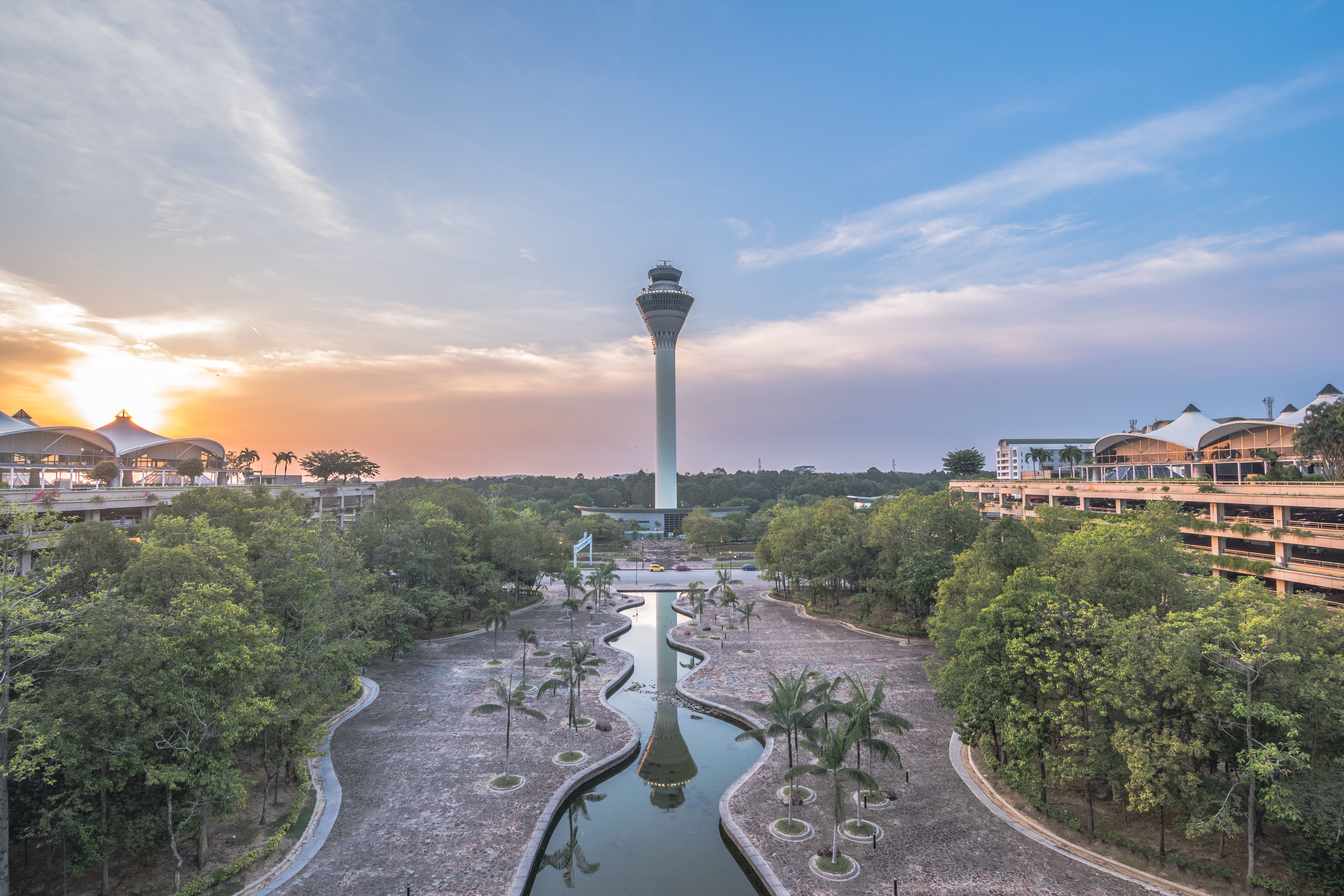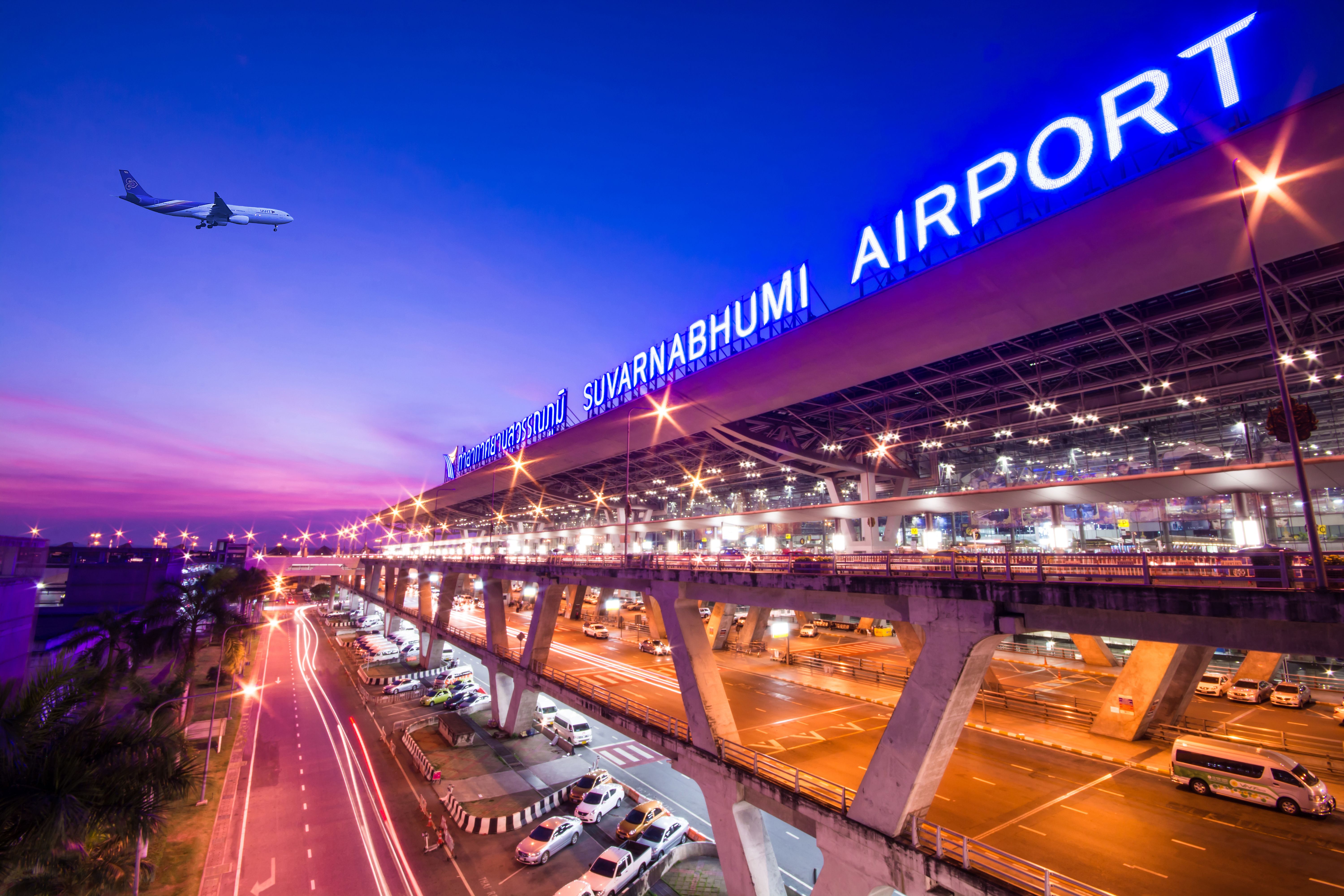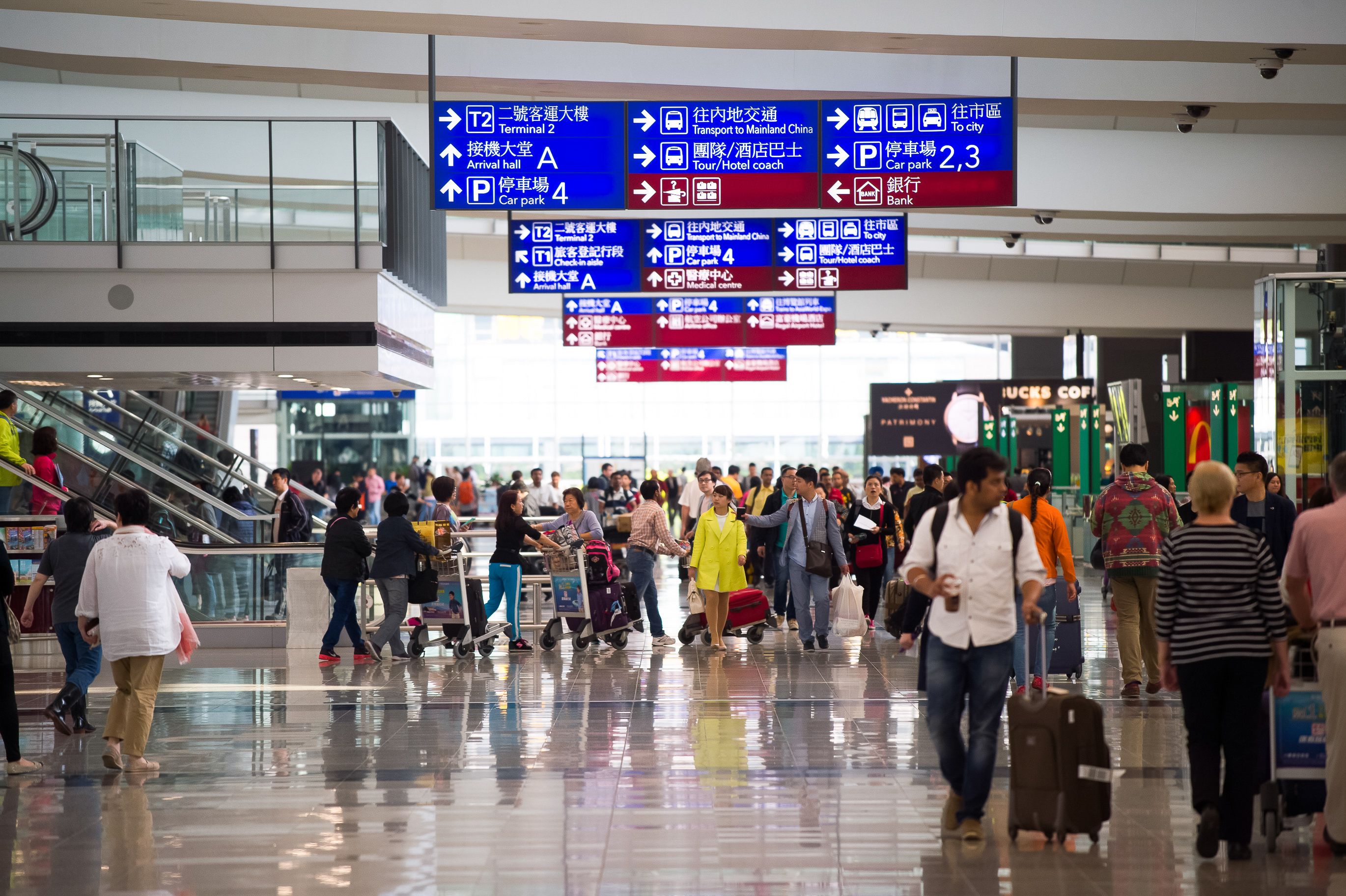Airlines in the Asia-Pacific (APAC) region may have a sustainability PR-problem (as does the airline industry as a whole). However, that does not mean that things are not moving ahead in the region, which is already acutely feeling the effects of climate change, perhaps even more than anywhere else in the world. Airlines, naturally, are focusing on direct emissions from the planes they operate. Airports, meanwhile, are looking to reduce CO2 through on-the-ground solutions.While zero-emissions aircraft may be some years away, airports and their operators can make big strides towards decarbonizing operations through investing into projects such as waste management, renewable energy, and electrification of ground support vehicles and other machinery. And according to reports, this is precisely what operators across Asia-Pacific are doing, at least at larger airports and hubs.
With APAC being one of the fastest-growing aviation markets in the world, it is paramount to the industry's decarbonization agenda that the post-pandemic growth trajectory becomes as environmentally sustainable and low-emission as possible. Let's take a look at a few examples and inspiring best practices at airports across the region when it comes to cutting carbon emissions.
Delhi's fully-renewable drive
In June 2022, Delhi's Indira Gandhi International Airport announced it had made the switch to running on fully renewable energy from solar and hydropower, allowing the airport to indirectly cut 200,000 tonnes of carbon emissions (greenhouse gas emissions from electricity for businesses are counted as Scope 2, hence 'indirectly'). While most of the energy supply comes from hydropower, the airport also has a 7.84 MW solar power plant on the airside and another 5.3 MW rooftop solar power plant at the cargo terminal.
In 2019, the airport became one of the first to trial TaxiBots, a vehicle that allows aircraft to taxi without having to turn on their engine, and last year the airport announced it would be adding another 62 electric vehicles, phasing out all of its petrol and diesel vehicles. And DEL is far from the only airport in the region looking to transition to lower emission ground support operations.
Electrification of ground power units
According to Steven Ng, the Asia-Pacific Director for ground power units (GPU) and pre-conditioned air unit manufacturer ITW-GSE, there has been a significant increase in interest in electrical units from both established airports and airport developers across the region, especially Indonesia, the Philippines and Vietnam.
As Mr Ng recently relayed to Routesonline, the 36 gate mounted preconditioned air units supplied to the Bangkok Suvarnabhumi Airport satellite terminal project will cut close to about 19,000 tonnes of CO2 emissions annually.
Indeed, a study from 2021 published in the Journal of Environmental Management found that major airport operators in South-East Asia were "effectively responding" to the growing sustainability challenges in aviation markets.
Hong Kong takes the prize for hubs with world-first AI predictive air conditioning system
Meanwhile, in 2022, the Airports Council International (ACI) Green Airports Recognition for Asia-Pacific focused on carbon management. Out of airports serving over 50 million passengers per year, the top spot (Platinum) went to Hong Kong for its world-first predictive weather forecast for air-conditioning control system (Weather FACTS) project.
This was implemented late 2021, and uses machine learning and real-time data on passenger flows and outdoor temperatures to adjust air conditioning so that the temperature in Terminal 1 stays between 24 and 25.5 degrees Celsius. Estimates show this will reduce carbon emissions by approximately 1,900 tonnes per year.
Second (Gold) went to Kuala Lumpur for embracing green energy of ground power unit for sustainable carbon management, and third (Silver) went to Beijing Capital International Airport for a green prefabricated building.
Get the latest aviation news straight to your inbox: Sign up for our newsletters today.
For (comparatively) smaller airports, several Indian and Middle Eastern airports also took home prices, including Bahrain International Airport for its new passenger terminal building project, along with Christchurch in New Zealand and Darwin in Australia. The latter was recognized for its upgrade to aerobridges and apron and also has GPUs from ITW-GSE that are recharged using electricity from solar farms situated by the airport, resulting in a zero-emissions operation. For 2023, its seventh year running, the ACI Green Airports Recognition will look at the reduction of single-use plastics.
Collaboration necessary for eco-friendly transition leading aviation logistics executive says
Of course, Asian airports are not the only ones looking to decarbonize ground operations. Global aviation logistics specialist Menzies Aviation is looking to reach net-zero carbon operations by 2033 - Menzies' 200th anniversary.
The company, which this week signed a new contract with Frontier Airlines to provide full ground services at Hartsfield-Jackson Atlanta International Airport from March. This includes investing about $3 million in new GSE, and hiring an additional 200 staff to bolster Menzies' ATL operations.
Stephen Gallagher, senior vice president of GSE and equipment at Menzies Aviation, told Airports International,
“Collaboration between airports, airlines, manufacturers and service providers like ourselves is critical to enabling the transition to eco-friendly GSE. Our partnership with Manchester Airport is a good example – where our close collaboration with partners enabled us to become the first handler to have electric hi-loaders. Infrastructure was quickly adapted to enable GSE charging, and a significant amount of our widebody kit is now electric, as we lead the charge for investing in electric equipment at the airport."
Want to know more about sustainability in aviation?
Source: Routesonline, Airports International, Journal of Environmental Management, Airports Council International



